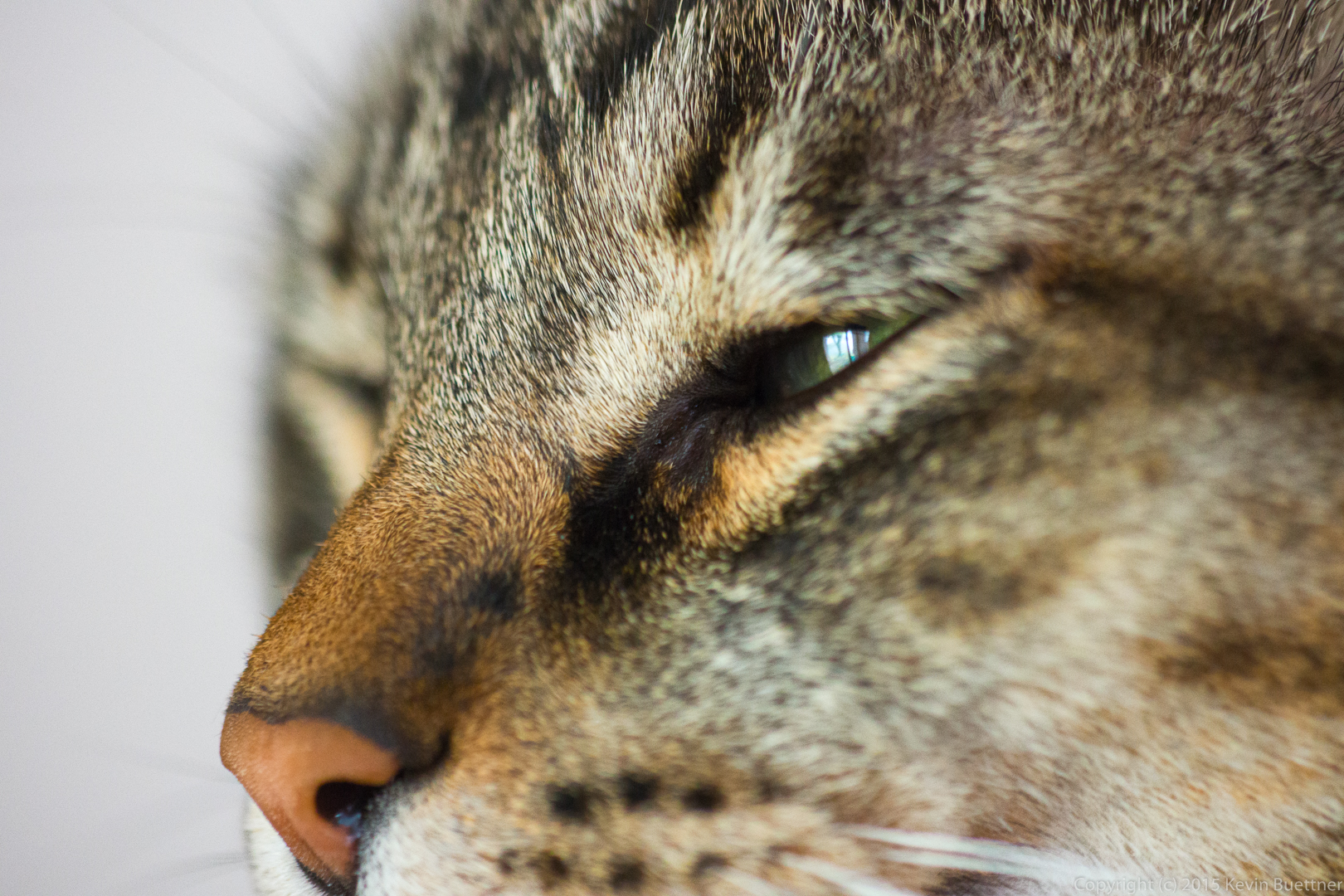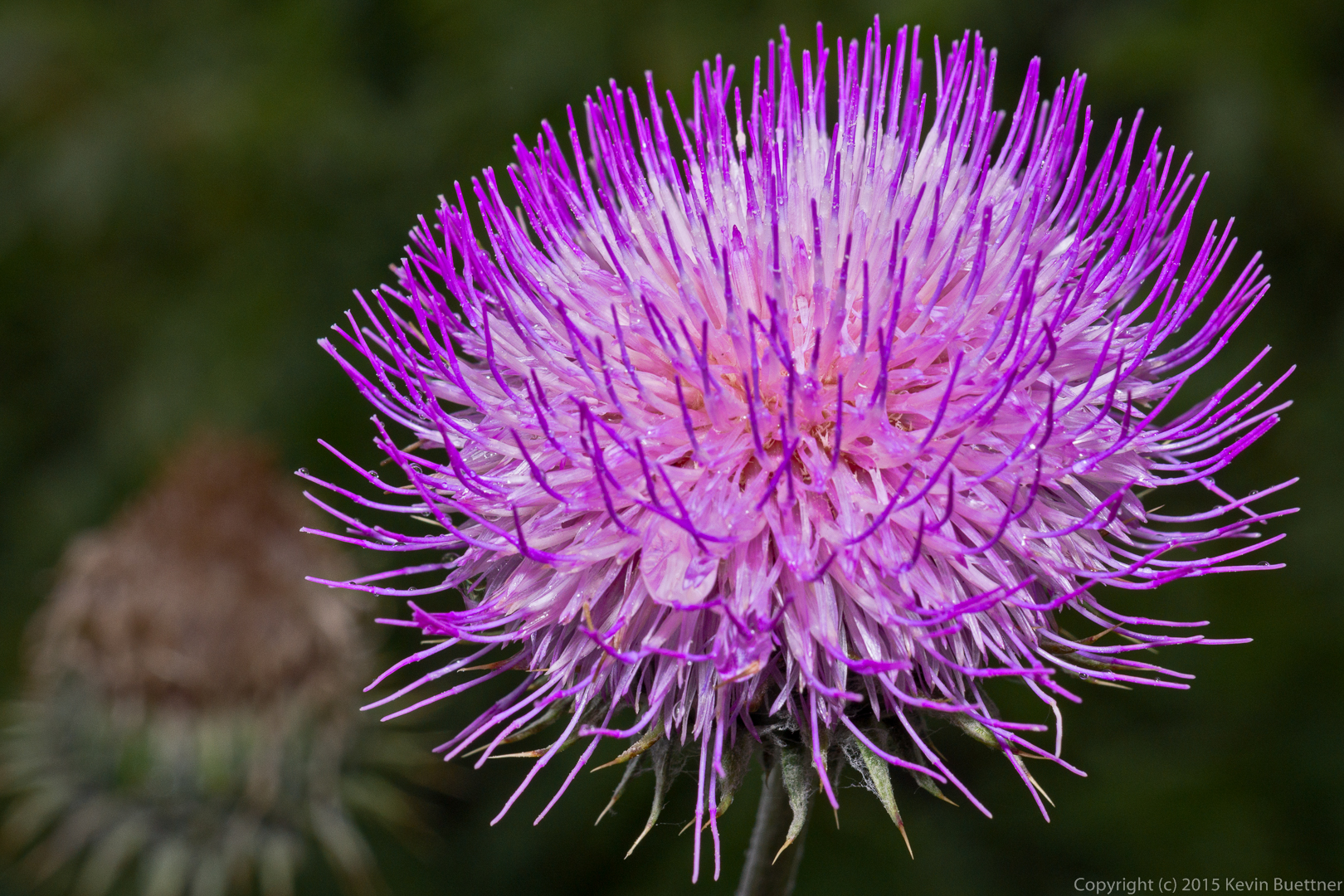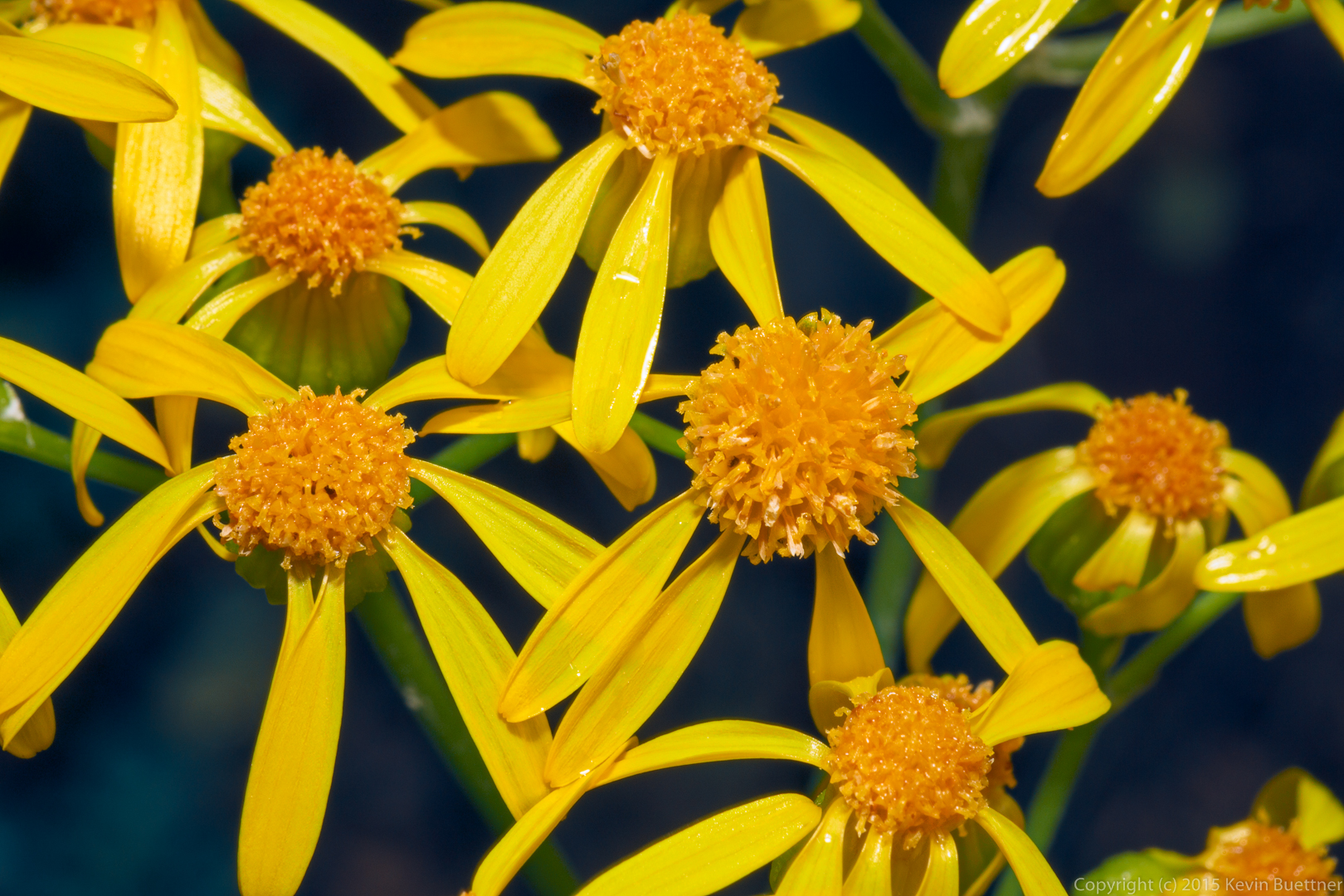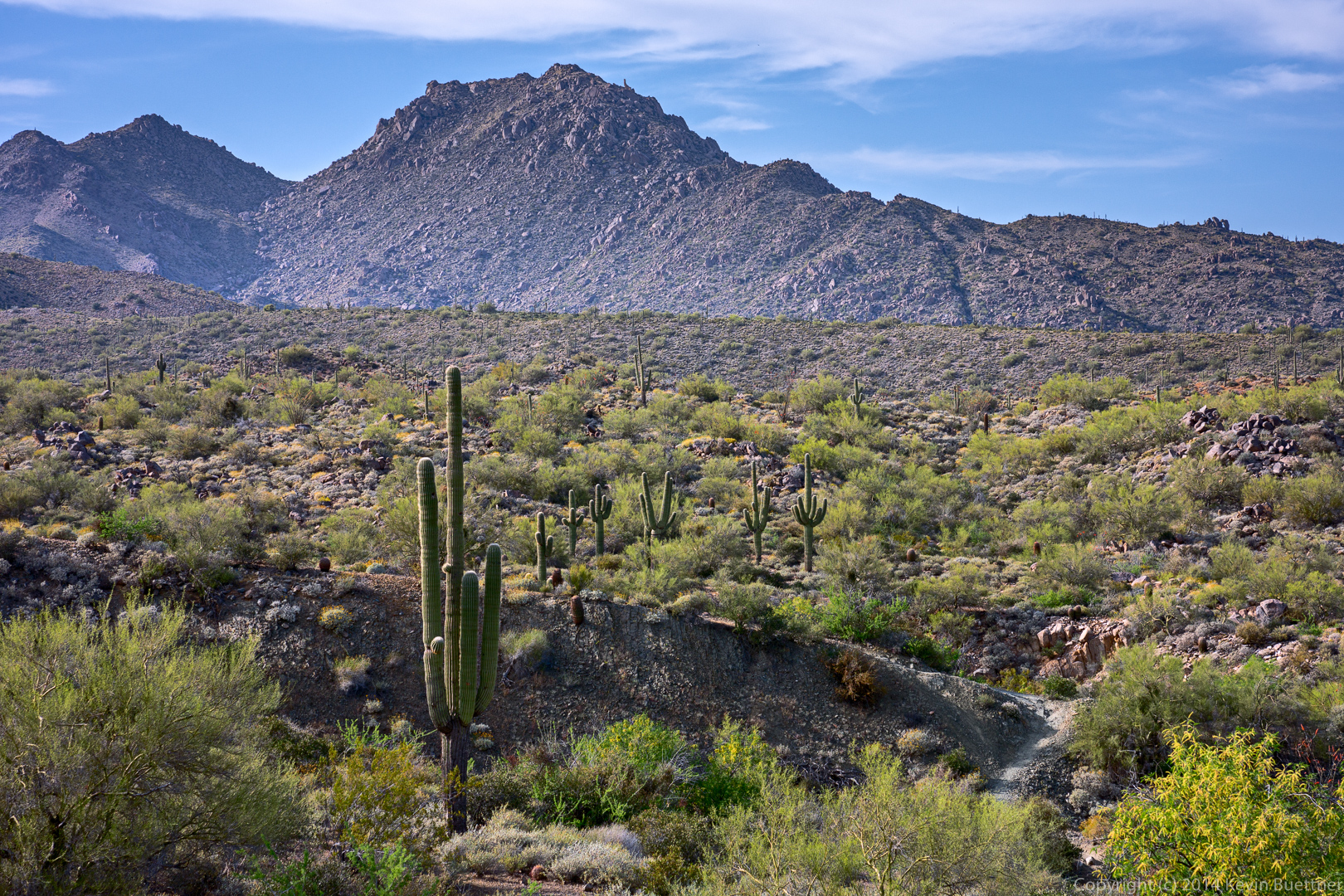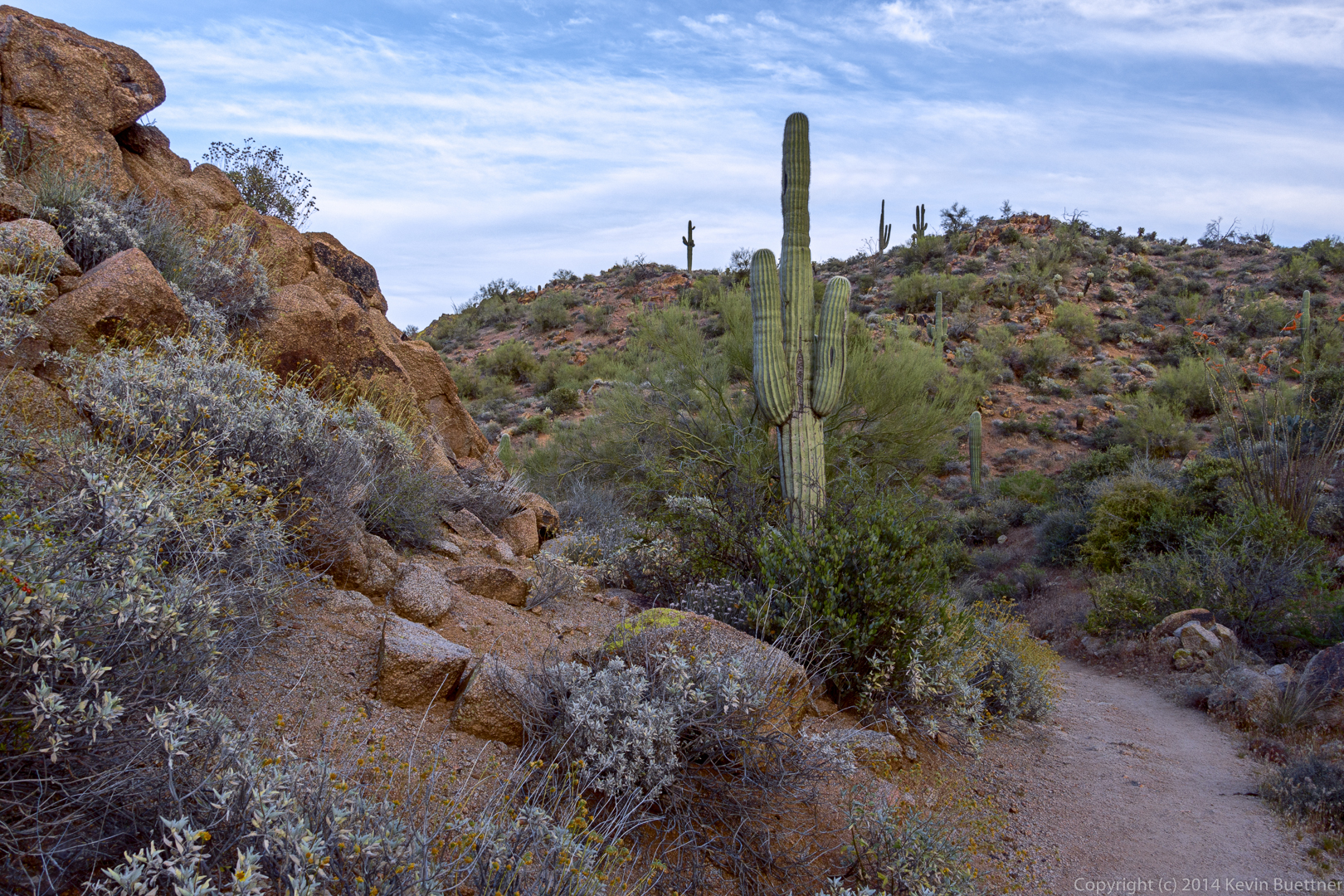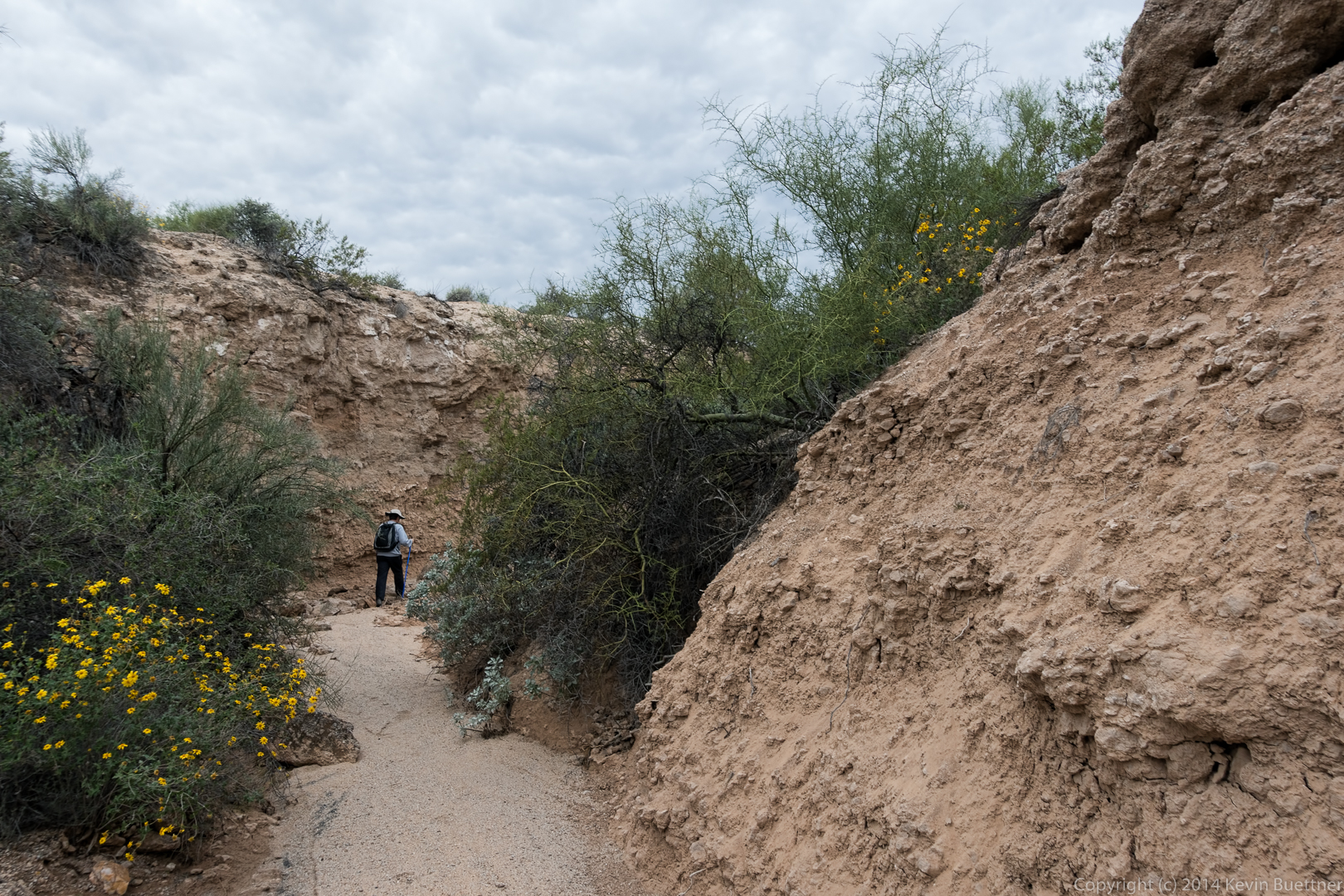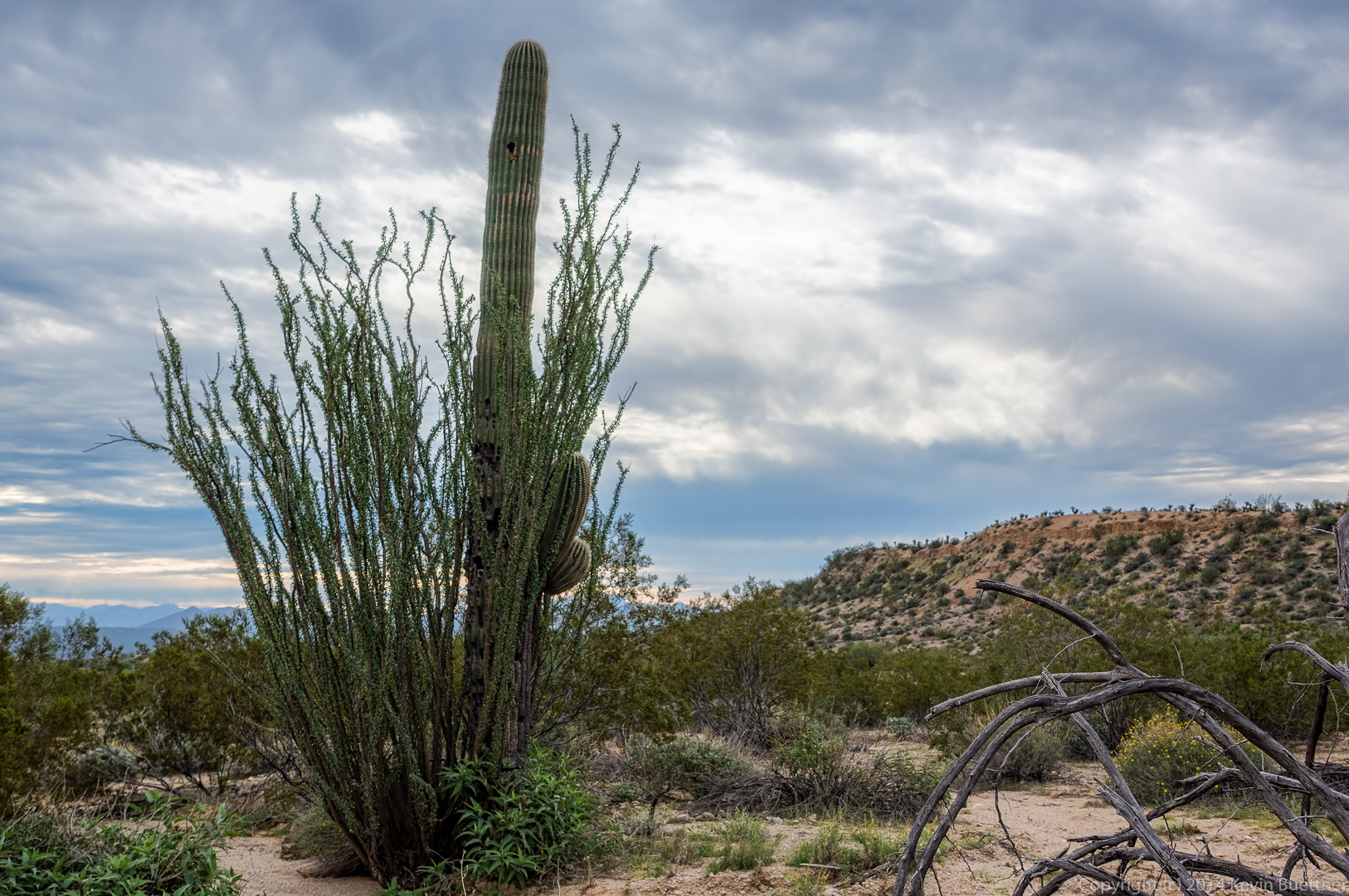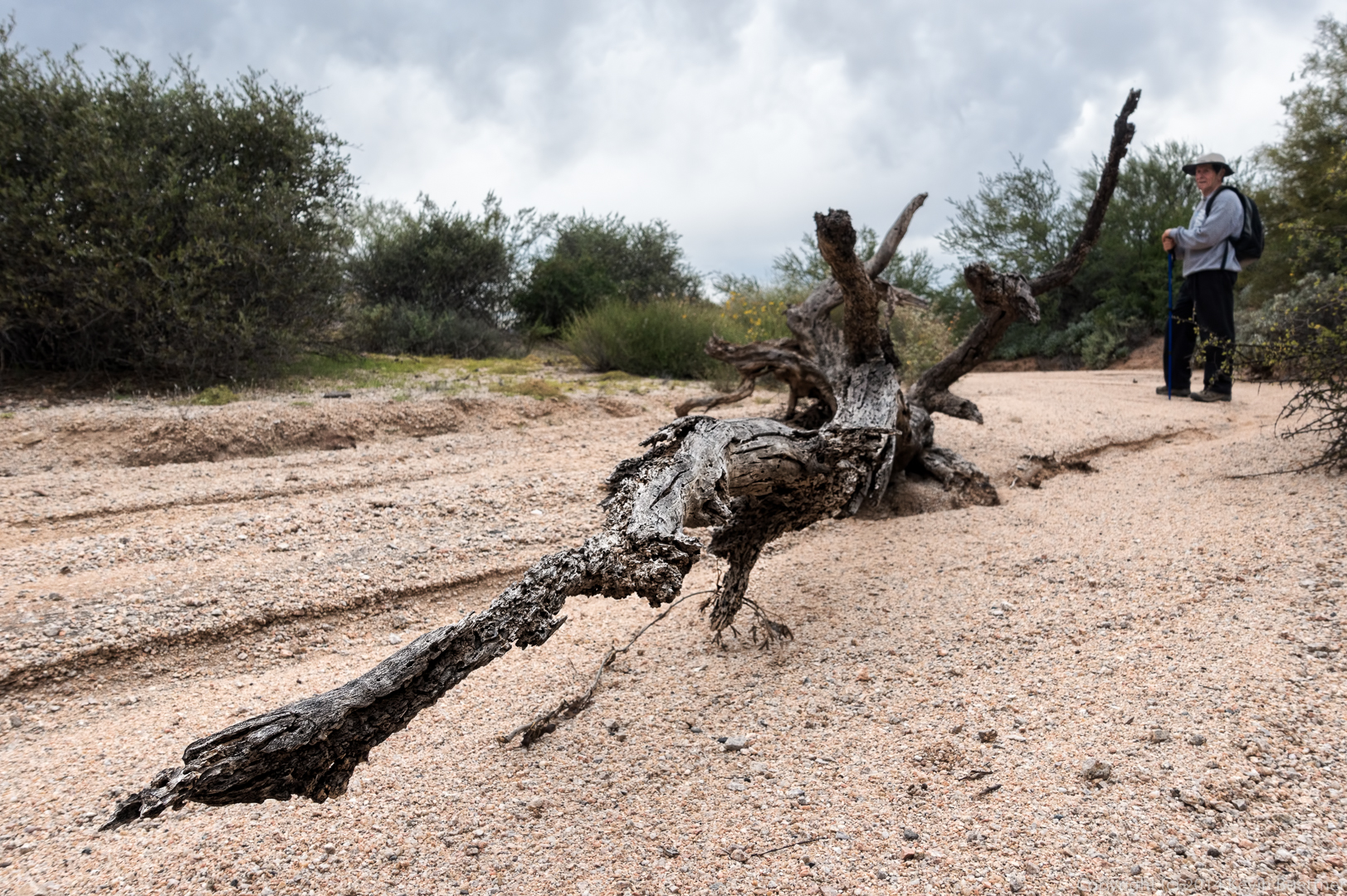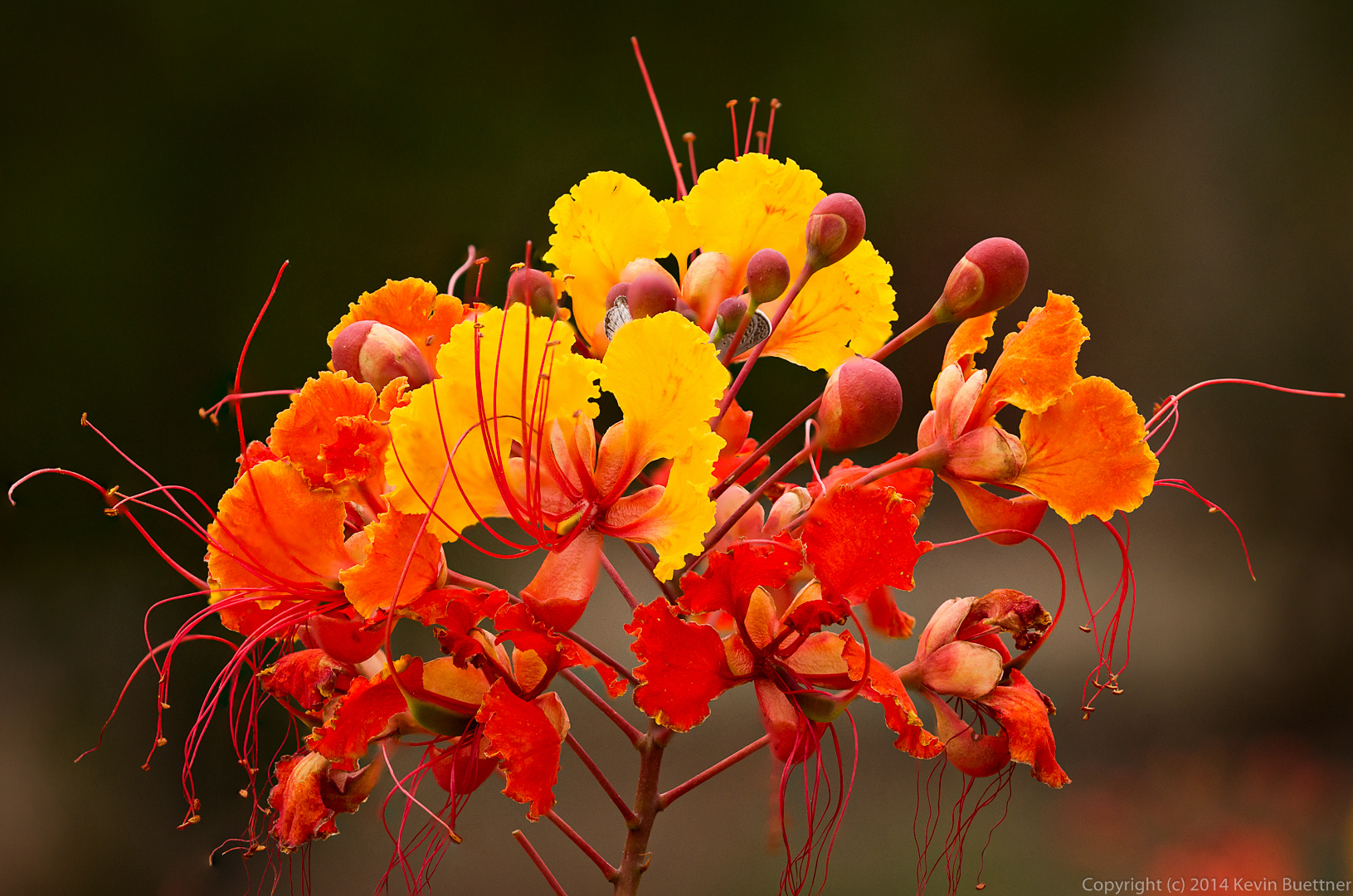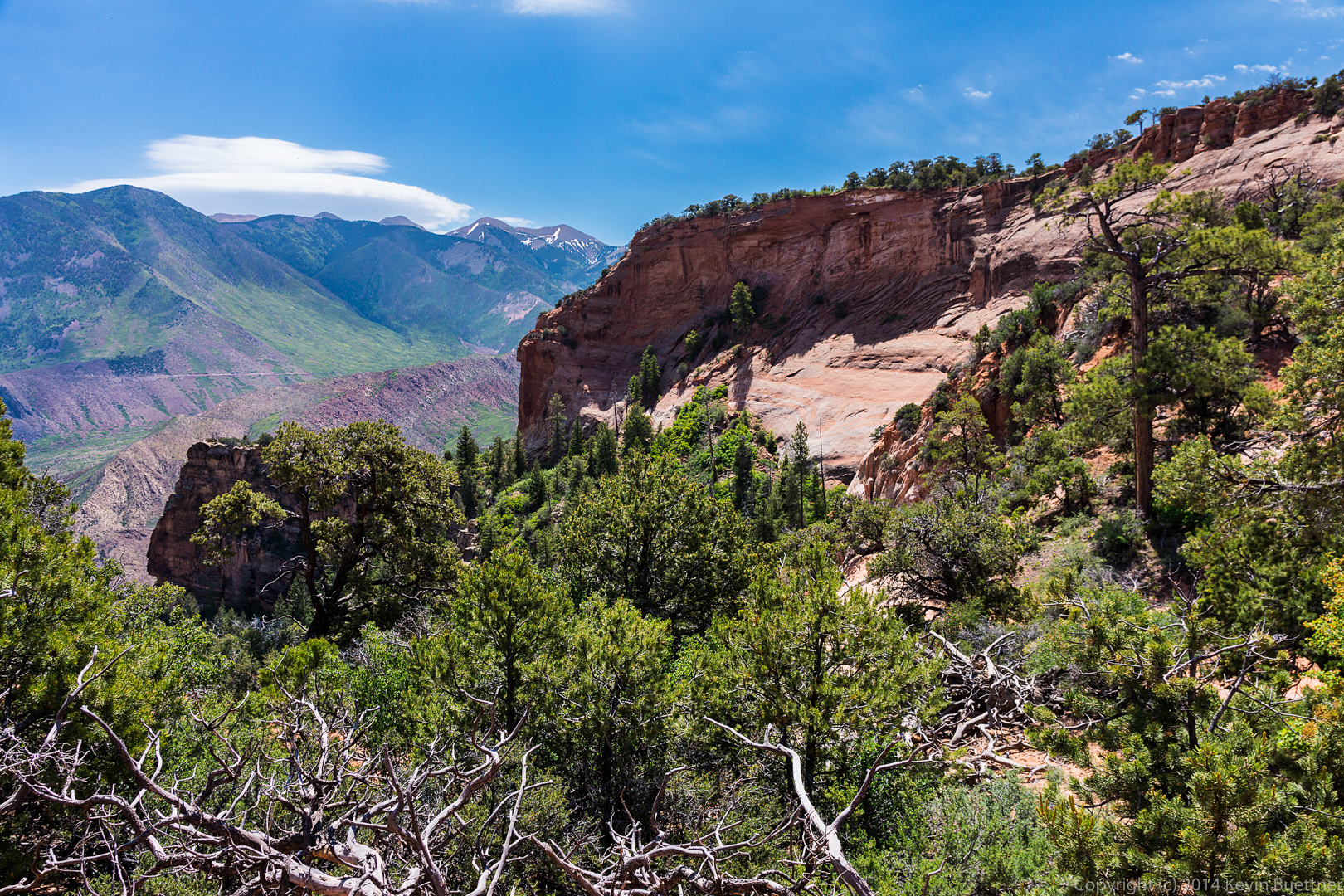My Mom and Dad sent these flowers to Marie.
Category: Flowers (page 2 of 4)
Marilyn and I hiked the Dixie Mine Trail on Sunday.
Most of these photos were taken using my Sony NEX-7 and a Venus 60mm Ultra-Macro lens. I never got into the ultra range on this hike. For many of the photos, an ordinary 60mm would have worked just fine. The Venus lens is a fully manual lens – I had to set both aperture and focus via the rings on the lens. Most of these were taken at f/8.0.
I had to process this one (and several others) a second time. I’ve gotten into the habit of using the H-K (Helmholtz-Kohlrasch effect) action from the PPW panel, but I’ve now learned that this does not produce pleasing looking flower photos. Dan Margulis says that it’s often not appropriate for portraits either as it can make skin look old. This is definitely what was happening in some of the flower shots.
A very young (and foolish) bunny. It let me get surprisingly close.
I’m happy with the way this one turned out. The cyclist was talking to Marilyn at the top of the hill. I walked a short ways up the hill and then prefocused to get the shot.
When I took this shot the sky looked very washed out even when viewed through polarized sunglasses. The peaks of Four Peaks looked bright white.
These photos, below, were taken with my Sony RX100 III. This first photo was taken midway on our way out. (We hiked to the road and back.)
Friday’s hike started from the Trailhead Staging Area. We meandered around the park, seeing many things. When we were done, we found that we had hiked ten miles!
I stopped just outside of Fountain Hills on my way over to the park to get this shot of the sunrise. The color in the sky lasted for only a minute or two before fading. By the time I got to the park, only a few miles away, it was almost entirely gone.
I took the next two shots from the Hilltop Trail (prior to the start of the hike).
This is a view from the Pemberton, early in the hike:
Ranger Amy told us that this is Devil’s Claw:
We saw these formations on our way to hike some of the washes with high, steep banks:
These were some of the views from the washes that we hiked. We spent most of our time hiking through washes.
From left to right are Sarge, Bob, Nick, Linda, Richard, Gary, and Patty.
I think it was Gary who noticed this beehive. It was high above us – I had to crop the photo extensively to get this shot.
Richard hikes ahead in the wash. It was around this point that we saw some owls, but I didn’t get any good shots of them.
Another shot of the wash and its banks:
Gary took this group photo with me in it:
An ocotillo and a saguaro together; I think we were back on the Pemberton at this point.
This is one of the clay pits adjacent to the Pemberton Trail. If you look closely, you can see two cyclists on the Pemberton.
Three saguaros. I was surprised at how they seemed to line up.
Another wall, this time along one of the forks of the Stoneman Wash:
Datura flowers:
Someone on the hike told me that this is a small hawk. I tried to get closer, but it flew away.

This flowering bush might be Goldenhead (Acamptopappus sphaerocephalus). Whatever it is, the bees surely liked it. There were so many bees around this bush that I was a little nervous getting close for this shot.
A rocky hillside…
Three more saguaros that almost line up…
Another view, this time with the group:
Bob with Sarge, in Shallmo Wash:
Goldeneye:
 A gnarly piece of a tree in Shallmo Wash:
A gnarly piece of a tree in Shallmo Wash:
Richard spotted this piece of quartz with a low lying plant draped across it.
More foliage in Shallmo Wash; the gray plant to the left had a sort of blueish cast when I saw it in person.
Below is yet another shot of a Bird of Paradise flower from the plant in our backyard.
This one was taken using a Sony NEX-7 with Sigma 105mm macro lens at f/5, ISO 400, 1/400sec. The NEX-7 was set in a continuous shooting mode which takes ten frames per second until the buffer fills up.
I manually focused on the leading edge of the flower, then pressed and held the shutter release while pushing the camera towards the flower. For this particular shot, this provided me with twelve frames, each of which had a segment of the image in focus. I used Photoshop’s focus stacking tool to blend the various in-focus pieces from each image into one (more or less sharp) image. If you look closely, you can see problems with it, but it worked better than I expected.







